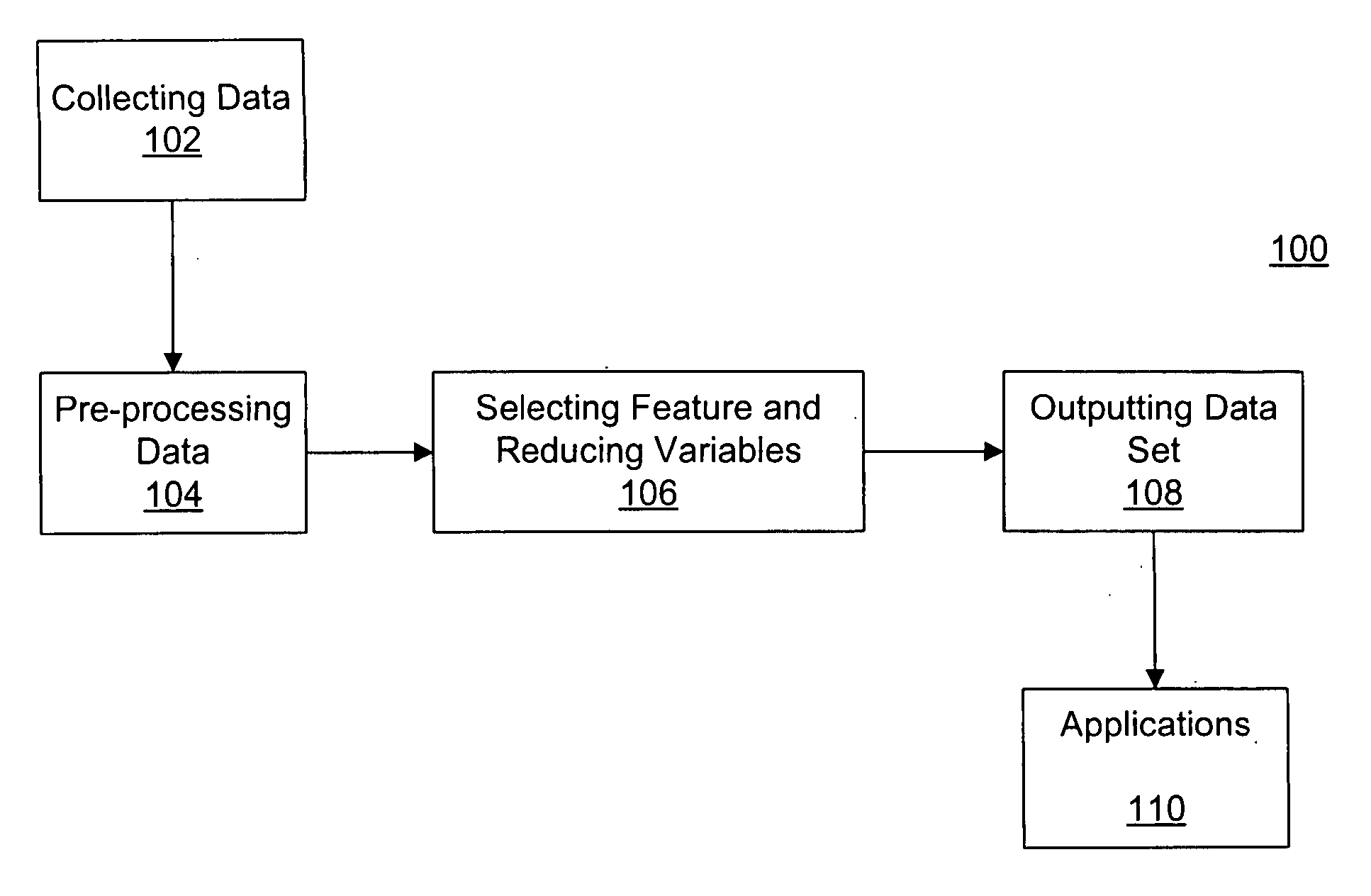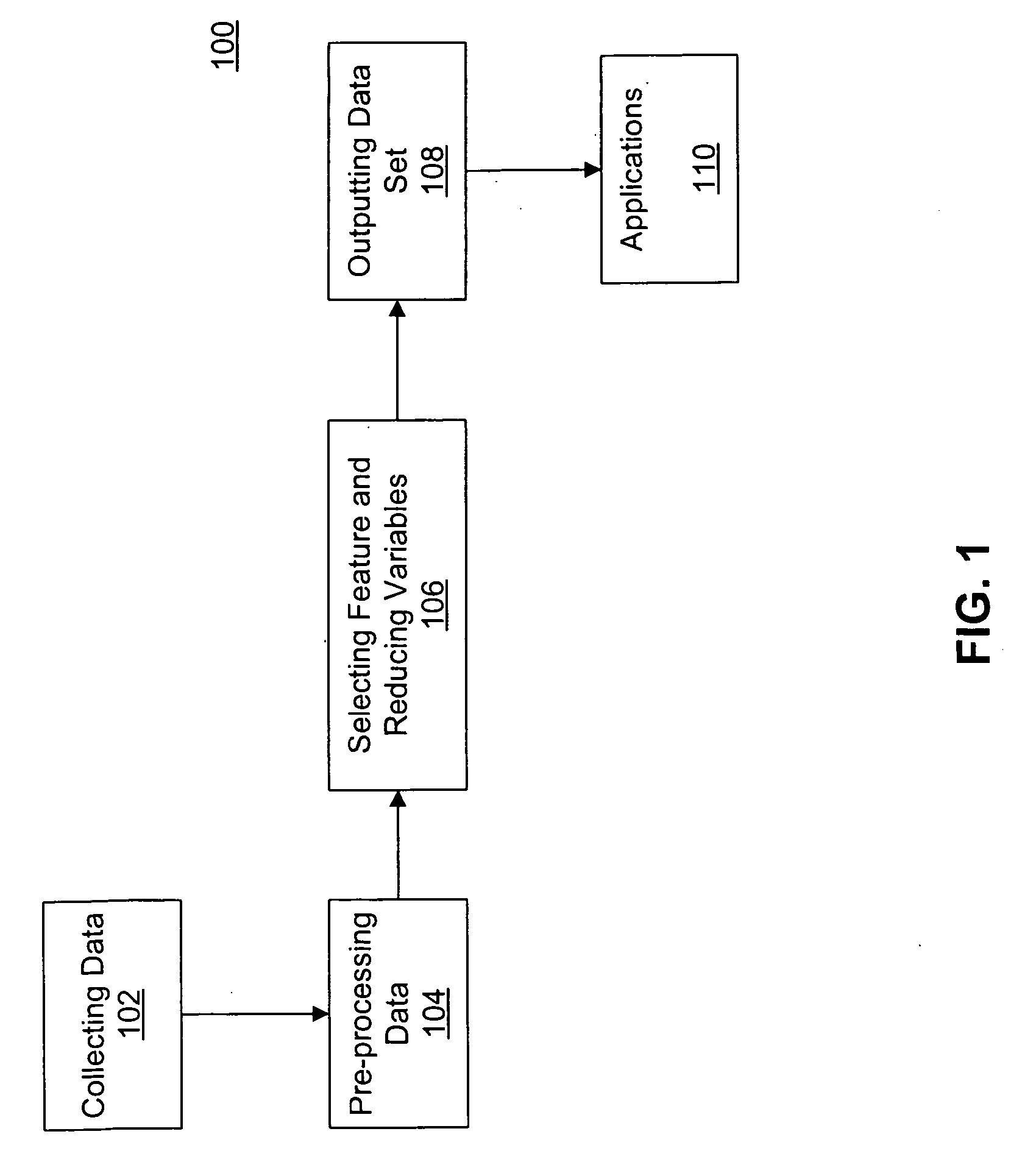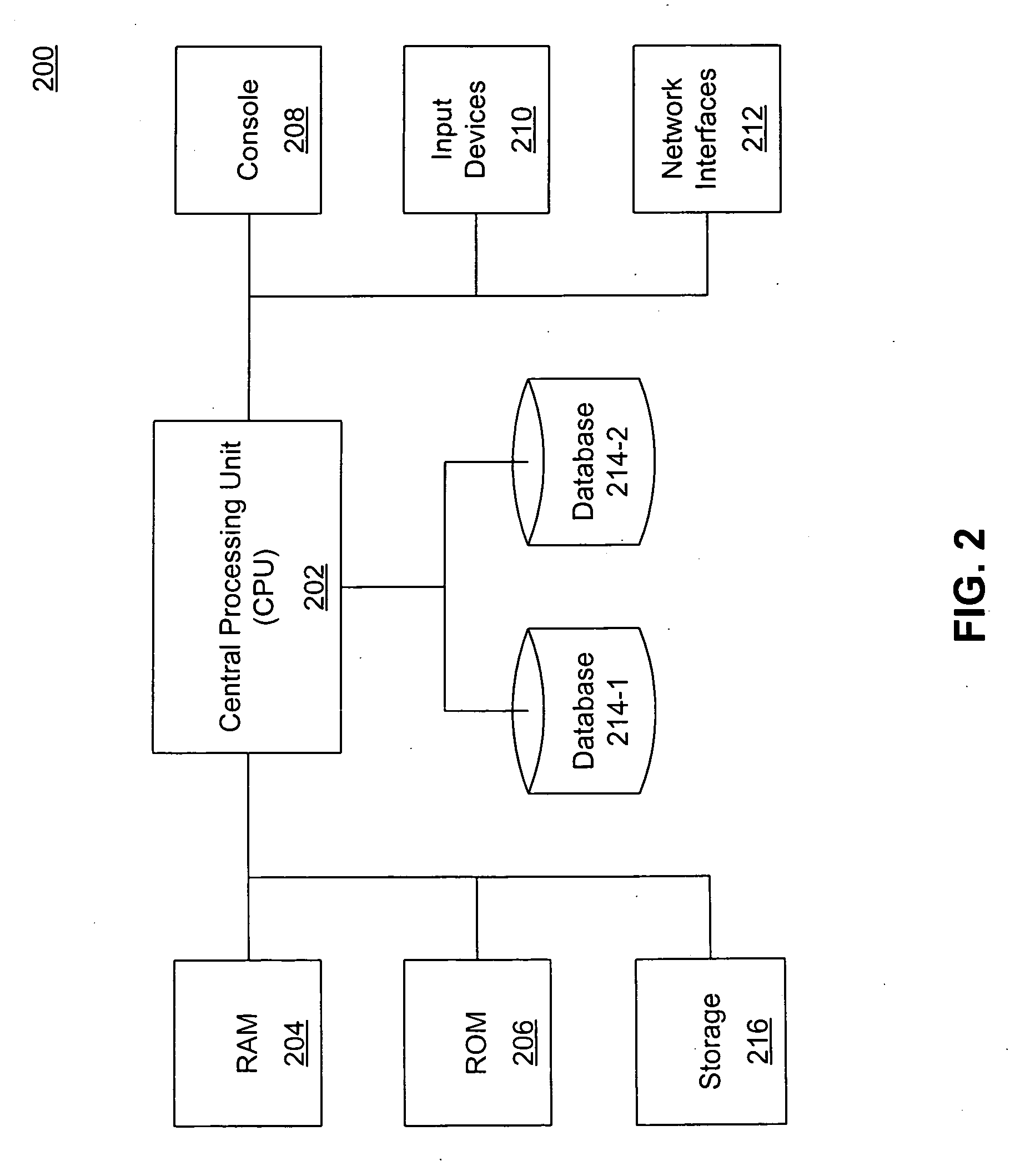Mahalanobis distance genetic algorithm (MDGA) method and system
a genetic algorithm and distance genetic algorithm technology, applied in the field of computer based mathematical modeling techniques, can solve problems such as ineffectively addressing problems associated with sparse data scenarios and limited number of data records
- Summary
- Abstract
- Description
- Claims
- Application Information
AI Technical Summary
Benefits of technology
Problems solved by technology
Method used
Image
Examples
Embodiment Construction
[0014] Reference will now be made in detail to exemplary embodiments, which are illustrated in the accompanying drawings. Wherever possible, the same reference numbers will be used throughout the drawings to refer to the same or like parts.
[0015]FIG. 1 illustrates a flowchart diagram of an exemplary data analyzing and processing flow 100 using Mahalanobis distance and incorporating certain disclosed embodiments. Mahalanobis distance may refer to a mathematical representation that may be used to measure data profiles such as learning curves, serial position effects, and group profiles based on correlations between variables in a data set. Different patterns can then be identified and analyzed. Mahalanobis distance differs from Euclidean distance in that Mahalanobis distance takes into account the correlations of the data set. Mahalanobis distance of a data set X (e.g., a multivariate vector) may be represented as
MDi=(Xi−μx)Σ−1(Xi−μx)′ (1)
where μx is the mean of X and Σ−1 is an i...
PUM
 Login to View More
Login to View More Abstract
Description
Claims
Application Information
 Login to View More
Login to View More - R&D
- Intellectual Property
- Life Sciences
- Materials
- Tech Scout
- Unparalleled Data Quality
- Higher Quality Content
- 60% Fewer Hallucinations
Browse by: Latest US Patents, China's latest patents, Technical Efficacy Thesaurus, Application Domain, Technology Topic, Popular Technical Reports.
© 2025 PatSnap. All rights reserved.Legal|Privacy policy|Modern Slavery Act Transparency Statement|Sitemap|About US| Contact US: help@patsnap.com



